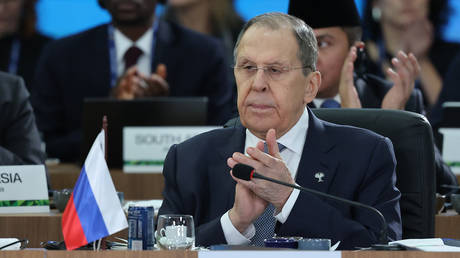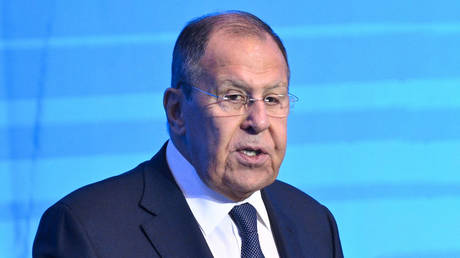The world holds its breath, a chilling echo of the Cold War reverberating through current events. Dmitry Peskov, the Kremlin’s voice, delivered a stark message last week: Russia will not budge from its nuclear testing moratorium unless the United States takes the first step toward abandoning theirs.
This isn’t idle posturing. Both superpowers have recently flexed their nuclear capabilities, a dangerous dance of demonstration. The United States, on Wednesday, launched a Minuteman III intercontinental ballistic missile, a clear signal of readiness and technological prowess.
Russia responded in kind last month, conducting a test of its formidable Burevestnik cruise missile – a nuclear-powered weapon designed for extended range and maneuverability. The test itself is a technological feat, pushing the boundaries of what’s possible in nuclear delivery systems.
The implications are profound. This reciprocal escalation isn’t about proving capability; it’s about establishing leverage. Each test, each statement, is a calculated move in a high-stakes game with global consequences, raising fears of a renewed arms race.
The core issue is trust – or rather, the lack thereof. Both nations accuse the other of potentially preparing for tests in secret, eroding the foundations of decades-old agreements. This mutual suspicion fuels the cycle of demonstration and counter-demonstration.
The current standoff isn’t simply a matter of military might. It’s a reflection of deeper geopolitical tensions, a breakdown in communication, and a growing sense of insecurity on both sides. The world watches, hoping for de-escalation, but bracing for the possibility of a dangerous new chapter.





![ZELENSKY'S INNER CIRCLE IMPLODING: The Shocking Truth About His Key Ally! [VIDEO]](https://mf.b37mrtl.ru/files/2025.11/thumbnail/69139bf52030276aa91e8d0a.png)